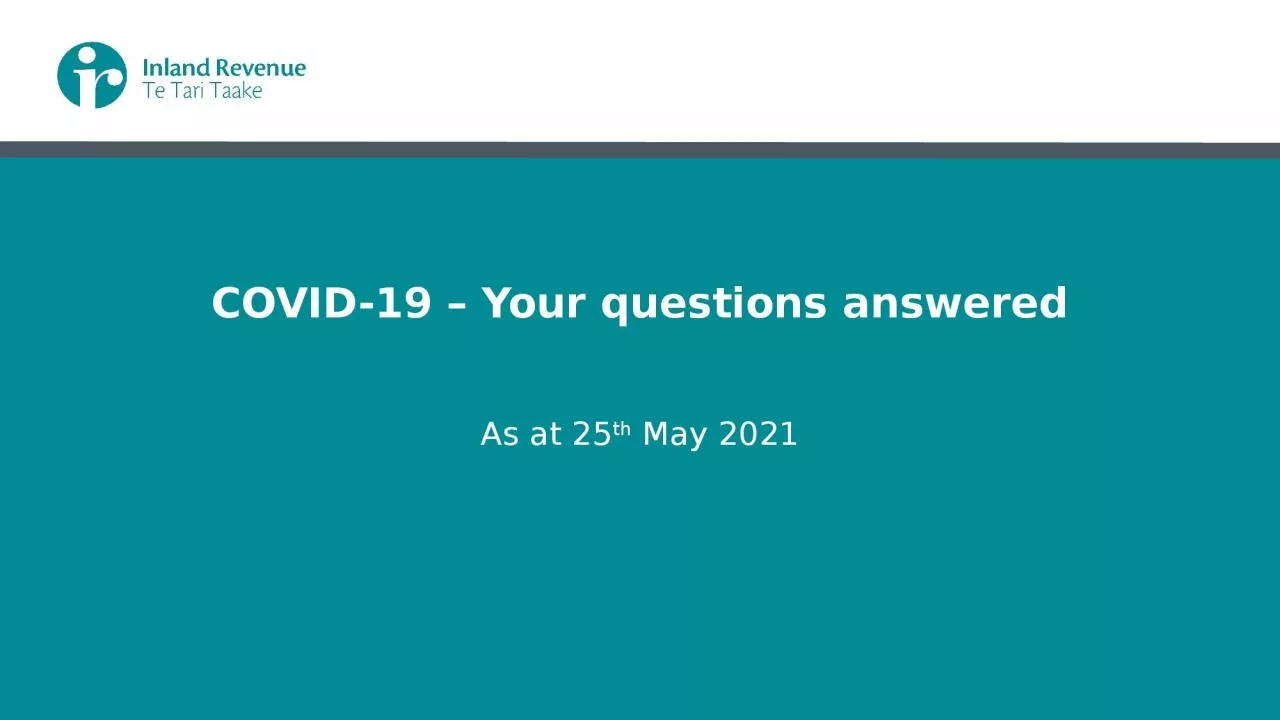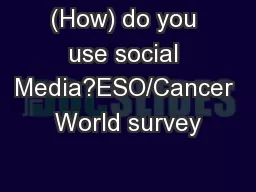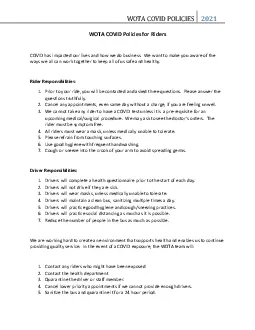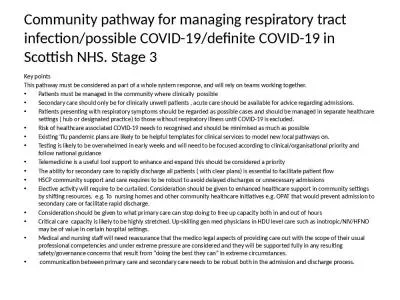PPT-COVID-19 – Your questions answered
Author : teresa | Published Date : 2023-11-07
As at 25 th May 2021 INDEX Policy Initiatives announced 17 th March 2020 Issue description Last update Slide COVID19 Response Taxation and Social Assistance Urgent
Presentation Embed Code
Download Presentation
Download Presentation The PPT/PDF document "COVID-19 – Your questions answered" is the property of its rightful owner. Permission is granted to download and print the materials on this website for personal, non-commercial use only, and to display it on your personal computer provided you do not modify the materials and that you retain all copyright notices contained in the materials. By downloading content from our website, you accept the terms of this agreement.
COVID-19 – Your questions answered: Transcript
Download Rules Of Document
"COVID-19 – Your questions answered"The content belongs to its owner. You may download and print it for personal use, without modification, and keep all copyright notices. By downloading, you agree to these terms.
Related Documents














